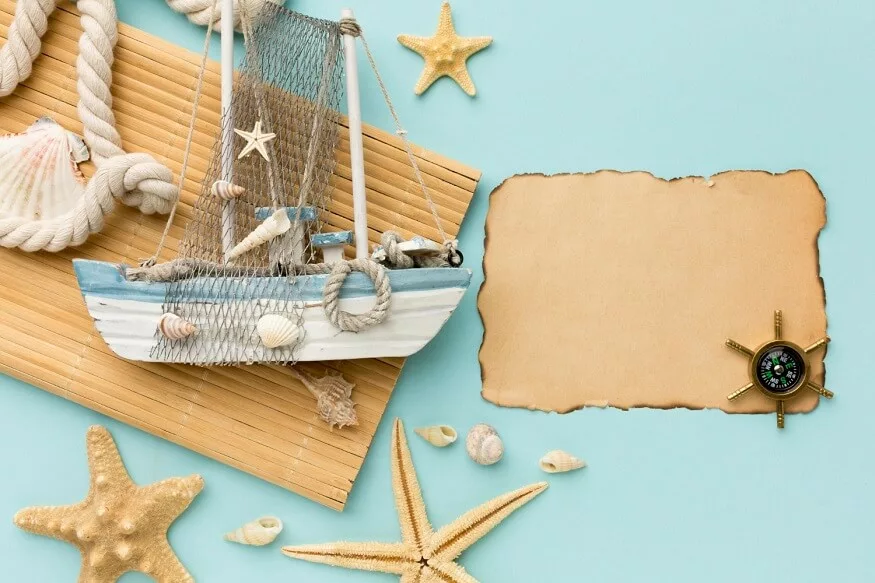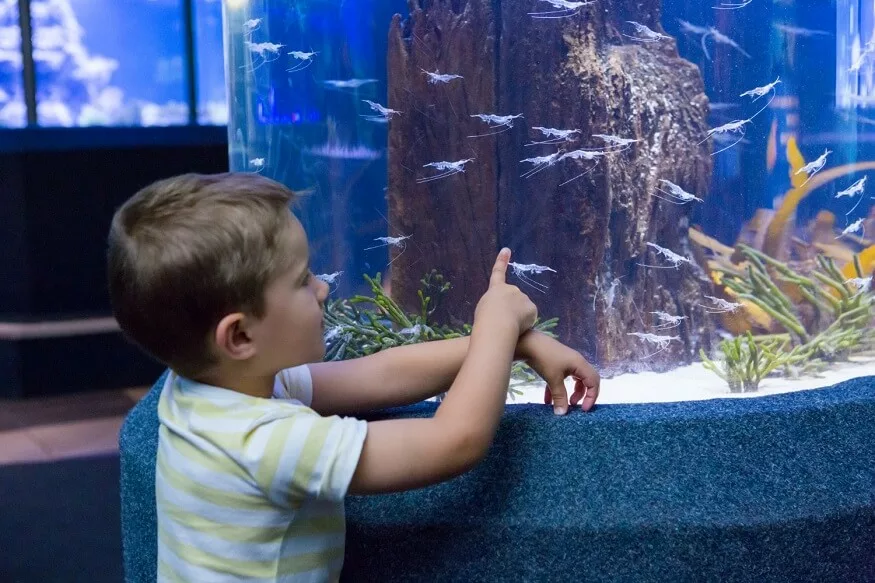In this article, we explore a bouquet of fun and engaging plant life cycle activities designed to captivate the imaginations of preschoolers and kindergarteners, fostering a love for nature and learning.
Seed Sorting Sensation: Exploring Seed Diversity
Materials Needed:
- A variety of seeds (beans, sunflower seeds, pumpkin seeds, etc.)
- Small containers or trays
- Labels or pictures of the plants from which the seeds come
Activity Steps
Introduction:
Begin by discussing the concept of seeds and their importance in plant life cycles. Show the variety of seeds you have and briefly talk about the plants they will grow into.
- Sorting Seeds: Involve the children in sorting the seeds into different containers based on their shapes, sizes, or types. This activity not only introduces them to seed diversity but also enhances fine motor skills.
- Labelling and Discussion: After sorting, label each container with the name or picture of the corresponding plant. Engage the children in a discussion about the different seeds and the plants they are familiar with.
Also Read: Recognising poisonous plants and animals
Life Cycle Collage: Creating Art with a Purpose
Materials Needed:
- Magazines or printed images of plants in various stages
- Glue, scissors, and paper
- Markers or crayons
Activity Steps
Introduction
Discuss the life cycle of a plant, highlighting the key stages—seed, germination, growth, flowering, and seed production.
- Collage Creation: Provide children with magazines or printed images showcasing different stages of plant life. Guide them to cut out the pictures and create a collage on a sheet of paper, arranging the images in the correct sequence.
- Labelling and Reflection: Encourage children to label each stage of the life cycle and discuss their collages. This activity combines creativity with learning, allowing kids to visually represent their understanding of plant growth.
Growing Seeds in a Bag: Witnessing Germination Firsthand
Materials Needed:
- Ziplock bags
- Paper towels
- Various seeds (e.g., bean seeds)
- Water spray bottle
Activity Steps:
Preparation:
Dampen a paper towel and place a few seeds on it. Seal the paper towel in a ziplock bag, leaving some air inside. Repeat this process with different types of seeds.
Observation:
Hang the bags in a sunny window or secure them to a wall. Encourage children to observe the bags regularly and discuss the changes they notice, such as the germination process and early growth.
Reflection:
As the seeds germinate and small roots and shoots appear, facilitate a discussion about what the children have witnessed. This hands-on activity brings the magic of germination directly into the classroom.
Also Read: Preschool Learning Activities For Kids To Become Independent
Planting a Mini Garden: Hands-On Planting Experience
Materials Needed:
- Small pots or cups
- Potting soil
- Seeds (flowers, herbs, or vegetables)
- Watering cans
Activity Steps:
Introduction:
Begin by discussing the basics of planting and the importance of soil, sunlight, and water for plants.
- Hands-On Planting: Provide each child with a small pot or cup, potting soil, and seeds. Guide them in planting the seeds in their mini gardens. This activity not only teaches planting skills but also instils a sense of responsibility.
- Caring for the Garden: Discuss the importance of watering and caring for plants. Encourage children to take their mini gardens home and observe the growth over time. This activity connects learning to real-life experiences.
Life Cycle Song and Dance: Music and Movement Fun
Materials Needed:
- Access to a device to play music
- Simple life cycle song (create one or use existing resources)
- Space for movement
Activity Steps:
Introduction:
Begin by teaching children a simple life cycle song that highlights the stages of plant growth.
- Dance Routine: Create a dance routine to accompany the song. Assign specific movements or gestures to represent each stage of the life cycle (e.g., pretending to be a seed, mimicking plant growth).
- Performance and Reflection: Allow children to perform their dance routine, incorporating the song. After the performance, discuss the different stages of the life cycle and the movements associated with each.
Also Read: Fun Body Awareness Activities For Children
Playdough Plant Life Cycle: Mold and Learn
Materials Needed:
- Playdough in various colours
- Printed images or drawings of plant life cycle stages
- Plastic knives or playdough tools
Activity Steps:
Introduction:
Briefly review the stages of the plant life cycle with the children.
- Playdough Creations: Provide each child with playdough and images of the plant life cycle. Guide them in creating playdough models of each stage, discussing the characteristics and changes at each step.
- Hands-On Exploration: As the children mold each stage, encourage discussions about the significance of each in the life cycle. This tactile activity reinforces learning through hands-on exploration.
Life Cycle Board Game: A Blend of Fun and Learning
Materials Needed:
- Large board or chart paper
- Markers
- Dice
- Small game pieces or buttons
Activity Steps:
- Creation: Draw a large board or use chart paper to create a game board representing the plant life cycle stages. Divide the board into squares, each representing a different stage.
- Rules and Gameplay: Establish simple rules for the game. Children can roll the dice and move their game pieces along the board. When landing on a square, they discuss the corresponding stage of the plant life cycle.
- Interactive Learning: The interactive nature of the game makes learning about the plant life cycle enjoyable. Encourage discussions and questions during the game to deepen understanding.
Nature Scavenger Hunt: Exploring the Outdoors
Materials Needed:
- List of items related to plant life cycle stages
- Small baskets or bags for collecting items
Activity Steps:
- Preparation: Create a list of items related to the plant life cycle stages (e.g., a seed, a flower, a leaf). Ensure that the items are available in the outdoor environment.
- Scavenger Hunt: Take the children on a nature scavenger hunt, where they search for items on the list. As they find each item, discuss its relevance to the plant life cycle.
- Discussion and Reflection: After the scavenger hunt, gather the children to discuss the items they found and how they relate to the different stages of plant growth.
EuroSchool embraces these hands-on approaches to learning that makes education not only enjoyable but also lays the foundation for a lifelong love of nature and discovery.










